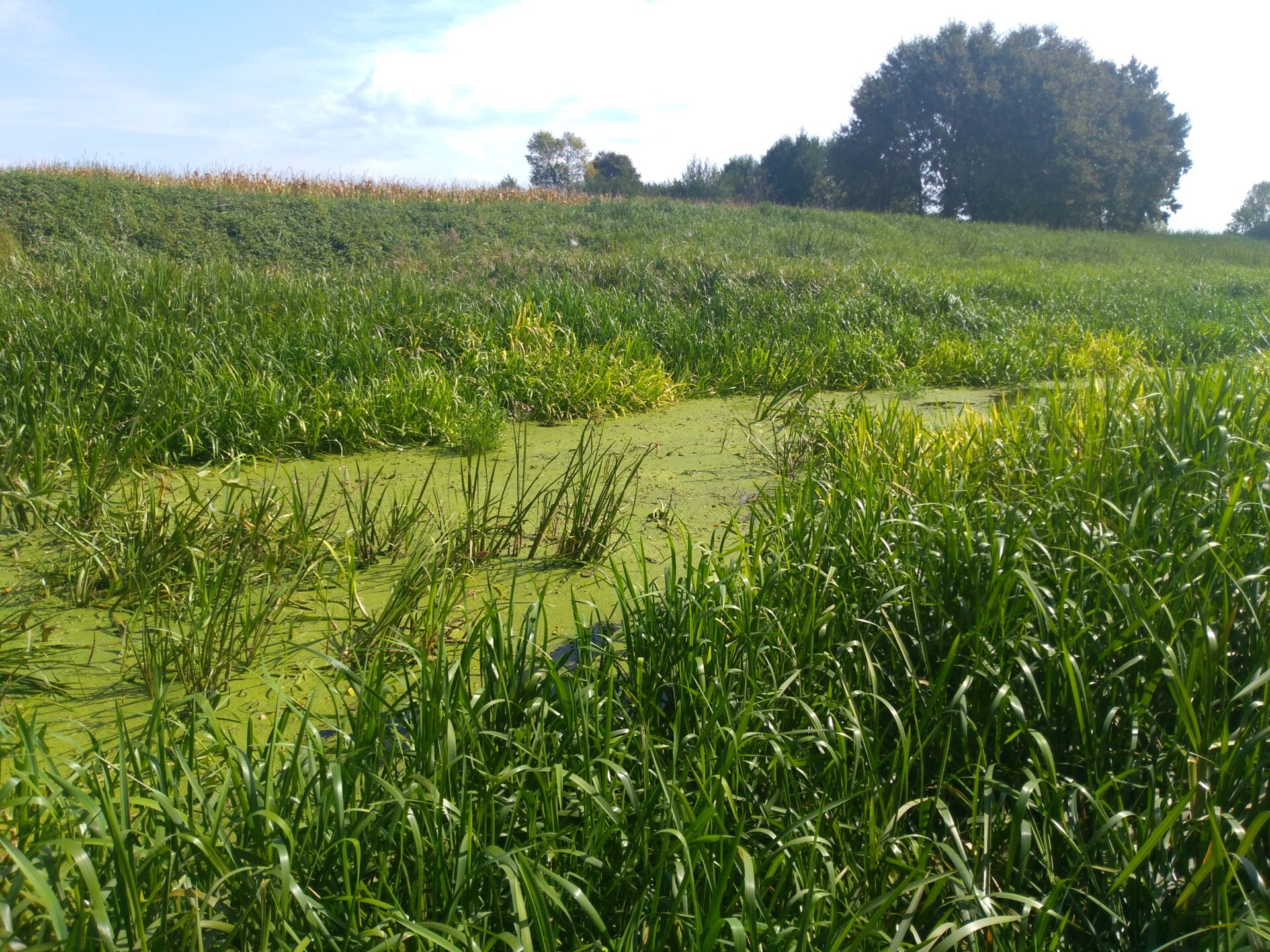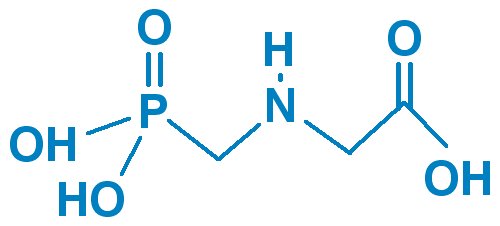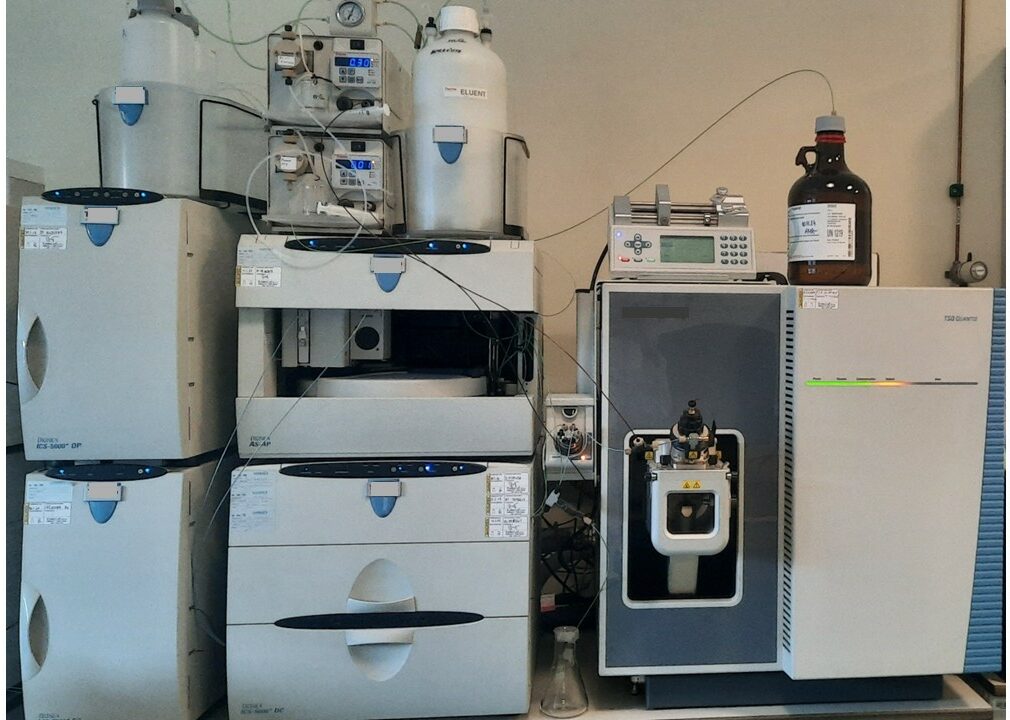Glyphosate in surface waters


Glyphosate is the active ingredient in a large number of commercially available weed control products. It was introduced to the market in 1974, and with the development of glyphosate-resistant genetically modified plants in 1996, it became one of the most widely used herbicides in the world. In Croatia, glyphosate is the best-selling active ingredient among pesticides, and 27 different formulations containing this active ingredient are currently authorised.
The intensive use of glyphosate in agriculture is considered the main reason for its presence in surface waters. More than half of the glyphosate found in rivers worldwide comes from maize and soya cultivation, with the highest average concentrations measured in rivers in the United States, Brazil, Argentina and China. However, a recent study conducted at the University of Tübingen found no link between the glyphosate present in Western European rivers and its use as a herbicide. The authors of the study concluded that municipal wastewater is the main source of glyphosate in European rivers and that it enters watercourses via wastewater treatment plants. They believe that glyphosate may be formed in these plants from aminopolyphosphonates, additives that are used extensively in detergents in Europe. As the authors themselves say, this assumption requires further investigation.
Opinions are divided on the effects of glyphosate on human health and the environment. Many studies warn of potential health risks, including an increased risk of cancer with long-term exposure to glyphosate, while others claim that glyphosate is safe to use when applied as directed. Despite all the controversy, many countries continue to authorise the use of glyphosate. Currently, glyphosate is approved as an active substance in the European Union until 15 December 2033 and its use is subject to certain conditions and restrictions laid down in Commission Implementing Regulation (EU) No 2023/2660 of 28 November 2023.
Scientific studies have shown that glyphosate negatively affects the quality of water resources and threatens aquatic ecosystems. It is therefore important to regularly monitor its concentrations in watercourses. At the “Josip Juraj Strossmayer” Water Institute, glyphosate is analysed as part of regular water monitoring using ion chromatography coupled with mass spectrometry (IC-MS/MS). The monitoring of groundwater sites in the Republic of Croatia, the results of which are available at the link provided, has shown that glyphosate concentrations have been within the permitted limits in recent years. Since the use of glyphosate is not prohibited, it is extremely important to continue systematic monitoring of the concentrations of this compound.

